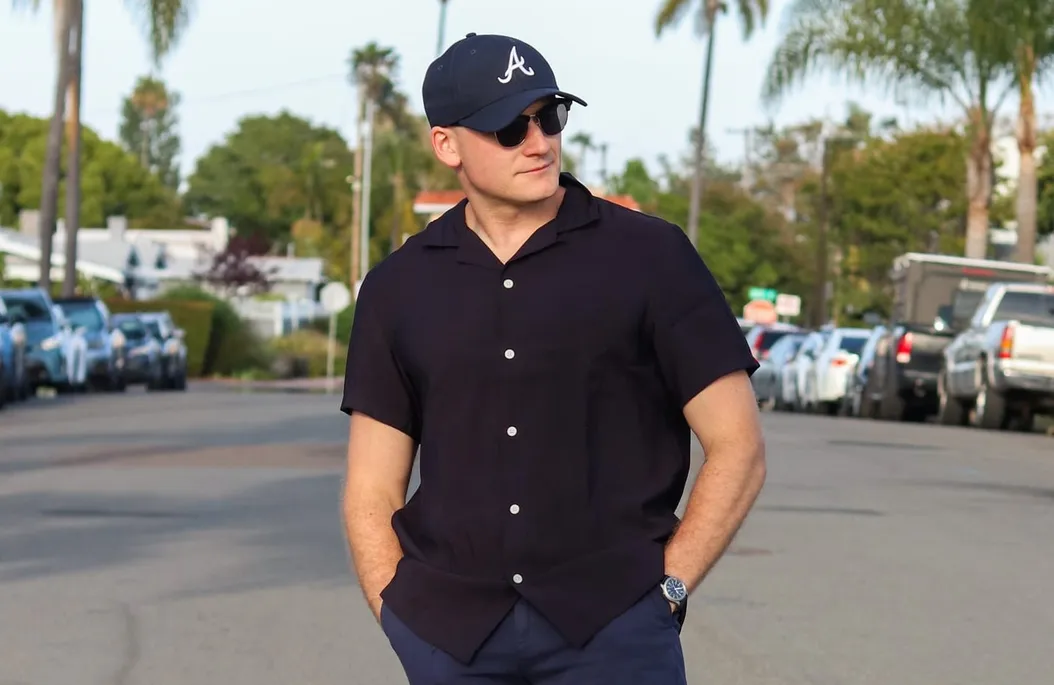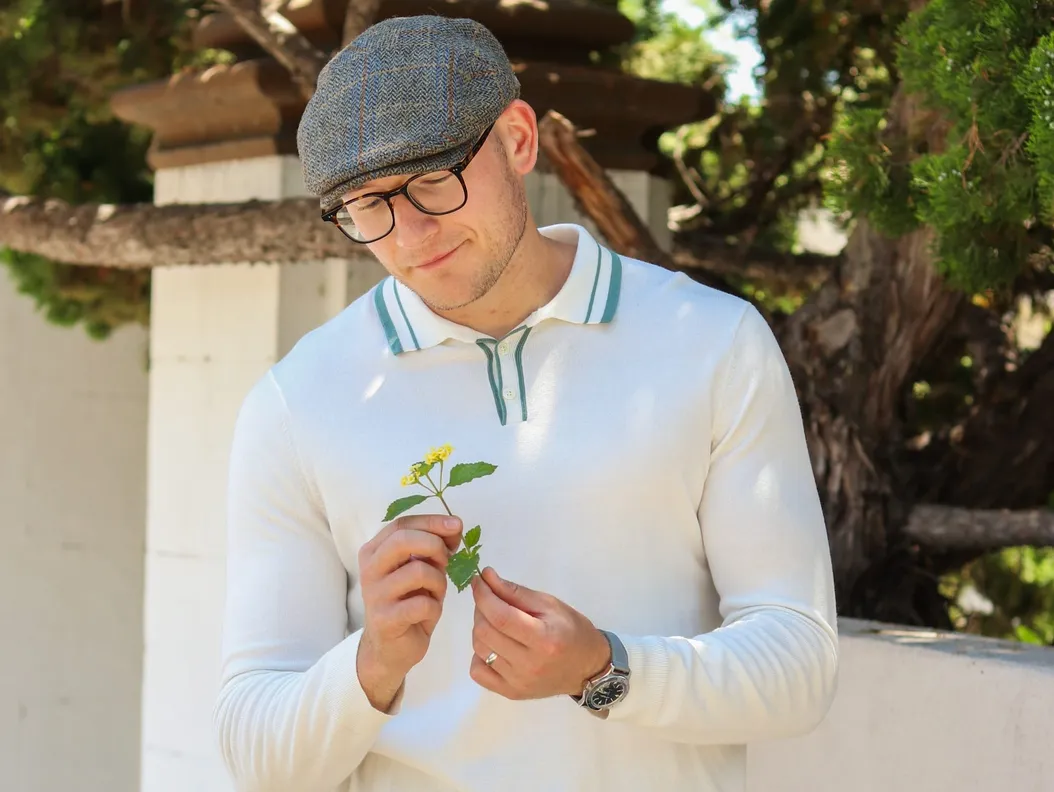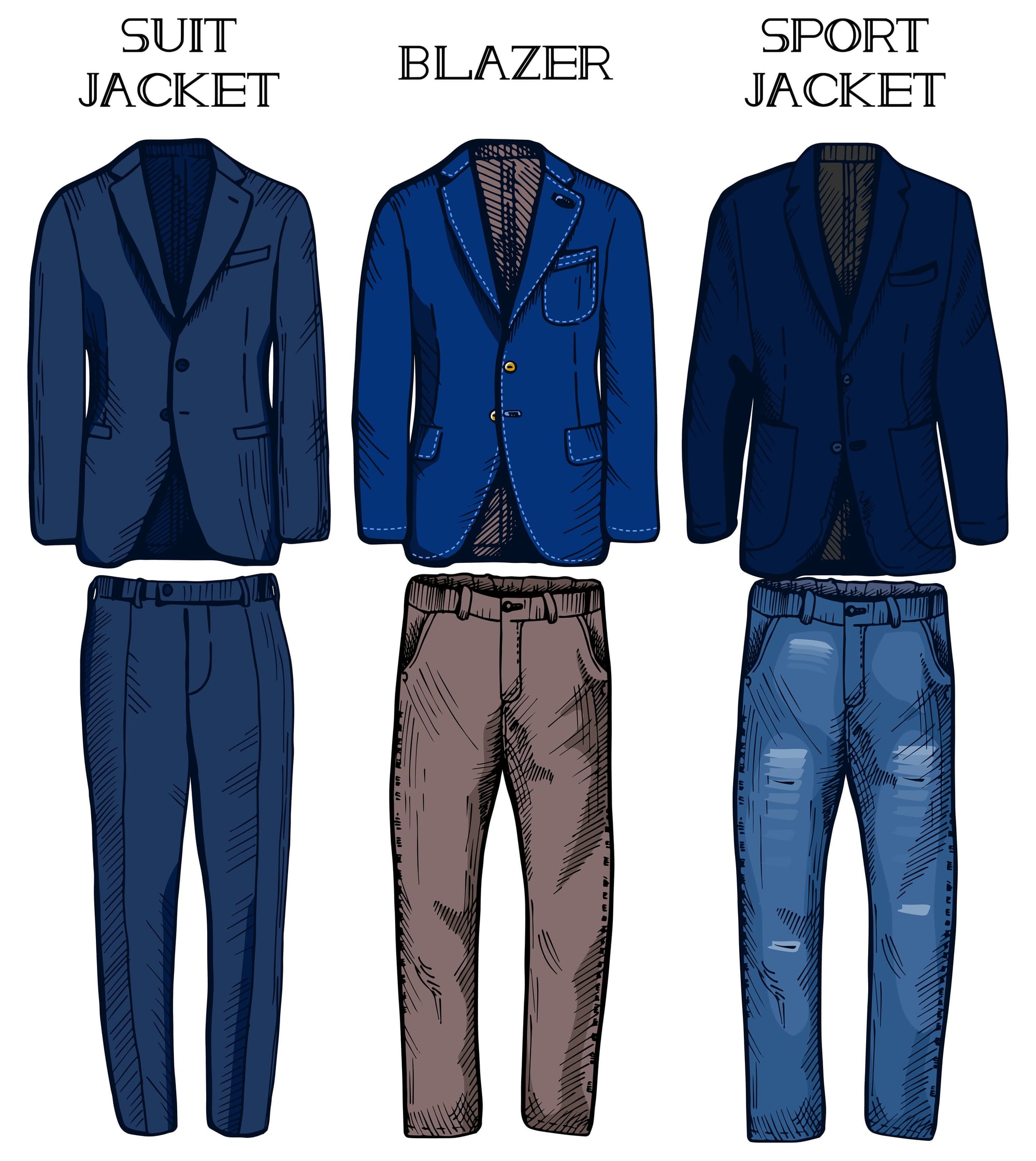
One of menswear's most confusing and aggravating subjects is the difference between suit jackets, blazers, and sport coats. Blazers and sport coats are often conflated despite their technical differences. What's equally daunting is that many fashion-forward brands have marketed their products to confuse their customers, which certainly doesn't help.
Despite this subject's pretentious nature, it is essential to understand the differences between these classic menswear pieces. They become more or less appropriate depending on what you must dress for (or spend your money on). By the end of this post, you will understand the critical differences between these three pieces, know when and how best to wear them and know some common mistakes to avoid.
THE SUIT JACKET

DEFINITION
Kicking things off with the most formal of the three, we have the suit jacket. A suit is formally defined as a garment that is comprised of a jacket and a pair of trousers, both of which match one another in fabric, pattern, and color. Simply put, both items are constructed from the same materials.

MATERIALS
Men's suits can be made of all sorts of fabrics; however, most suits are made from worsted wool; lighter, stronger, finely woven wool that often gives off a kind of "sheen" to the material. Also, suits are more structured in that they often come with full or half-canvased lining and some padding in the shoulders, adding to the overall formality.
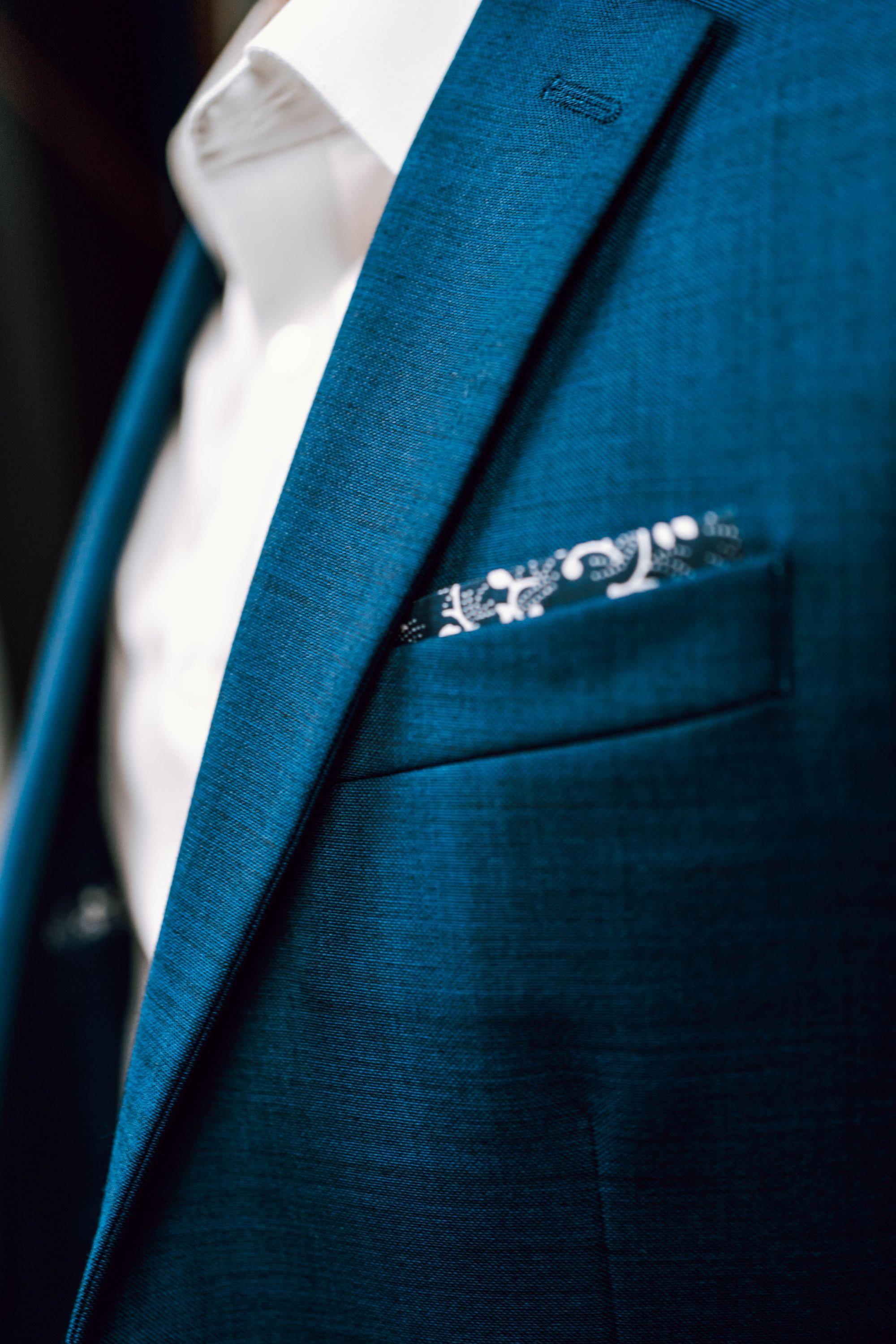
WHEN TO WEAR
Every man should have a well-fitting navy, charcoal, or gray suit. Suits should be reserved for weddings, funerals, or occupations/interviews, which call for higher standards of formality.
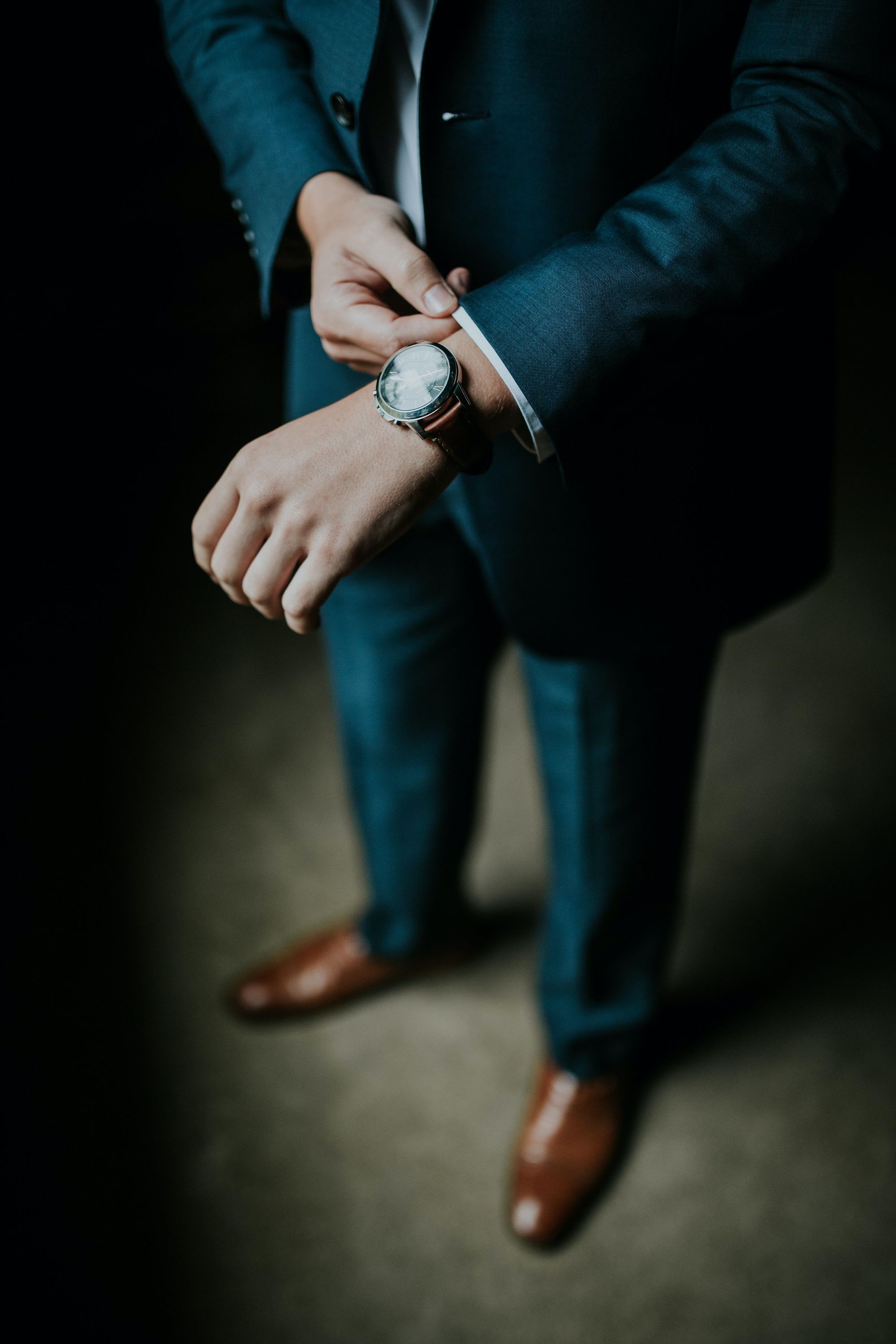
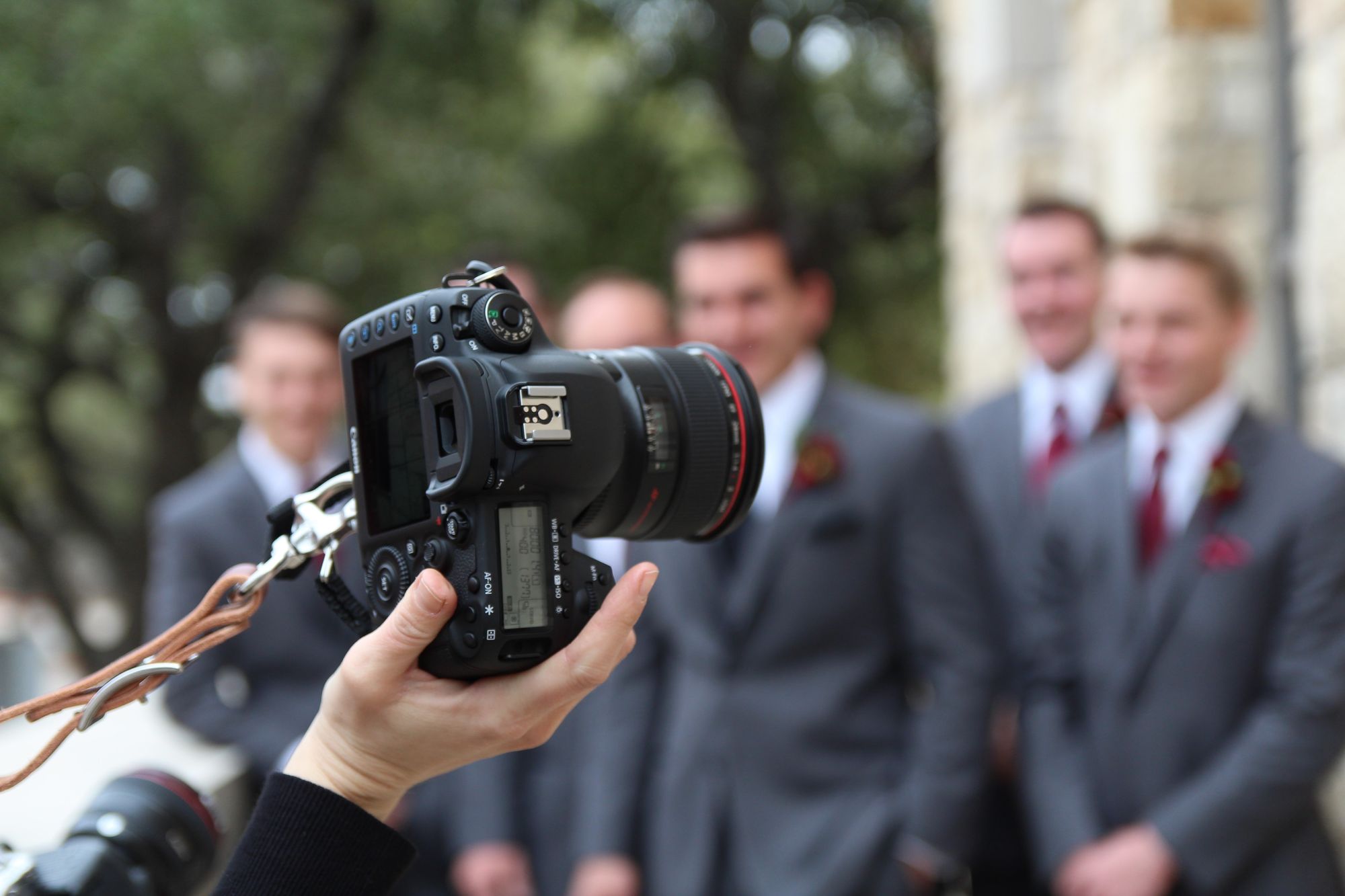
THE BLAZER

A blazer is the most specific of these garments in that it technically must meet a particular set of criteria. Before we unravel what qualifies as a blazer, we need to have a general understanding of its history.
A QUICK HISTORY
The blazer's precise origin has been somewhat lost to history; however, the garment can be traced back to a variety of organizations:
- The boating team of St. John's College in Cambridge, England, during the 1820s.
- The HMS Blazer, whose captain had his men wear navy-blue, double-breasted jackets with bright brass buttons for when Queen Victoria would visit around 1837.
Perhaps the most notable of origins for the blazer garment is that of the Lady Margaret Boating Club in Cambridge, England, which was founded in 1825 and is often charged with kickstarting the jacket's initial popularity (perhaps even before that of St. John's). Each of the club members was described to have worn bright red flannel jackets that were said to have been "ablaze," thus the rowing regatta blazers were born as well as a stylish menswear staple meant to stand out.
DEFINITION
A blazer is between a suit jacket and a sport coat (the latter of which I will discuss later). It is a standalone piece with similar characteristics to typical suits, such as padded shoulders and canvas constructions (though they can also be unstructured). What makes a blazer fundamentally different is that it does not come with a matching set of trousers; it typically has contrasting buttons (much like the men serving aboard the HMS Blazer back in the day) and additional features that make it more casual.
It is important to note that if a jacket that matches all of the criteria mentioned earlier also comes with matching trousers constructed of the same colors, patterns, and weave; it would be, by definition, a suit.
MATERIALS
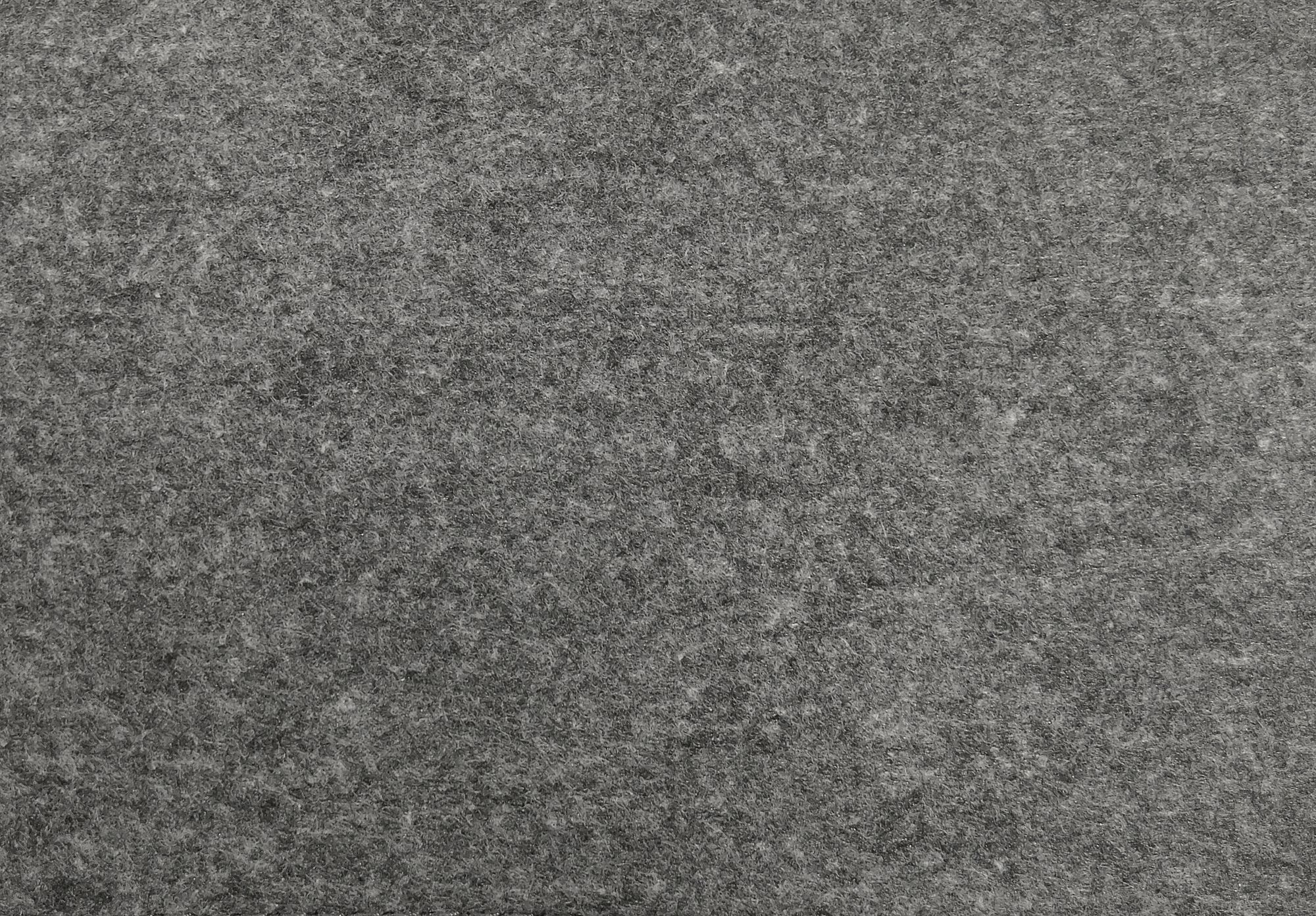
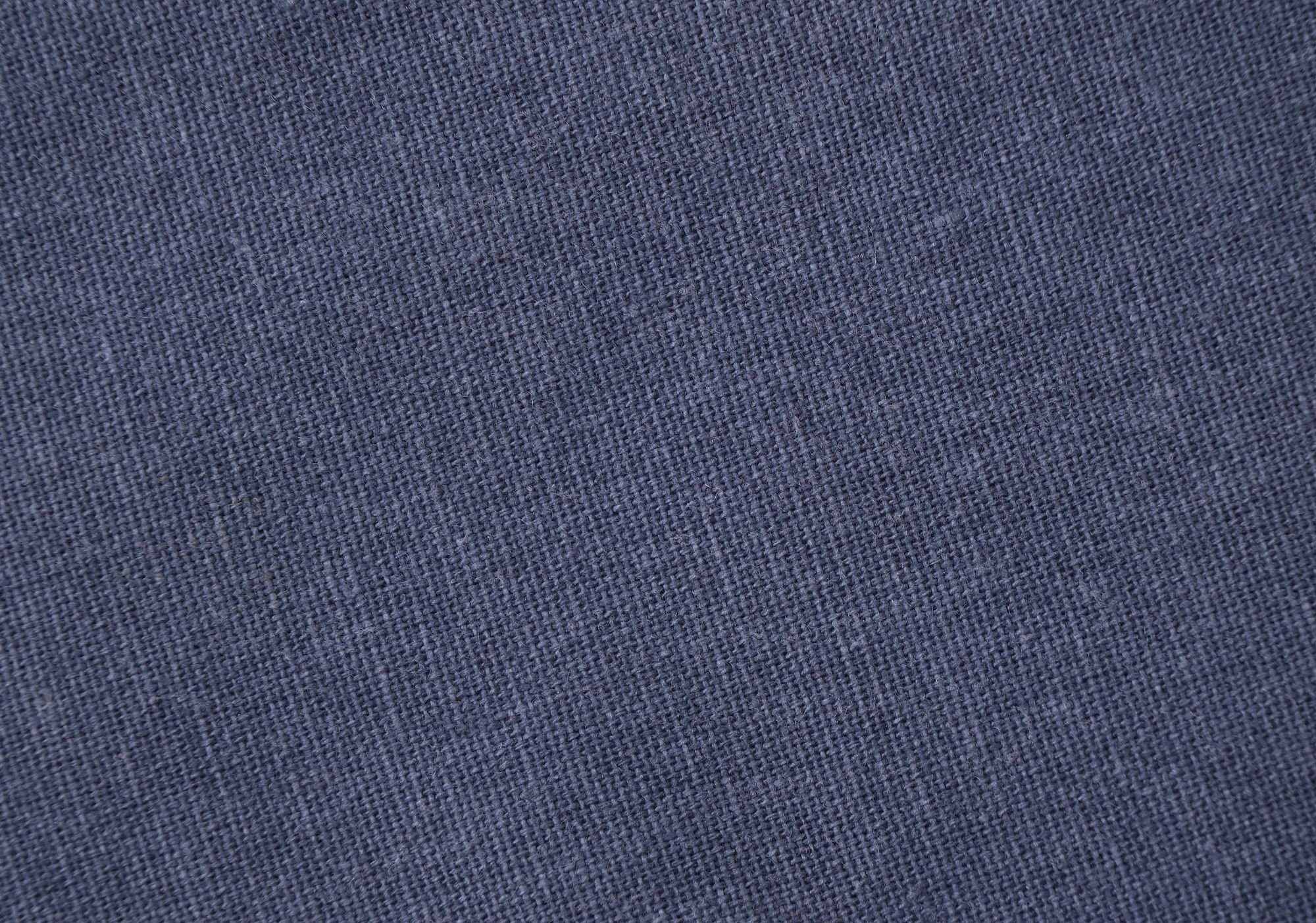
Soft gray flannel (left) and a hopsack weave in navy blue (right). Both are highly casual and make excellent materials for blazers.
Blazers can be made of materials such as flannel, hopsack, etc. As mentioned, suits are typically made from worsted wool, which is tightly woven, smoother fabric and often reserved for more formal attire due to its shinier visage. Flannel, which comes from wool or cotton, is constructed differently, is much softer, and is more casual.
Hopsack is a type of weave for wool or wool-cotton blends that is basket-like and much more breathable. Due to its construction, Hopsack adds a more visible texture and is thus considered much less formal.
PATTERNS
Blazers can come in various patterns, but in the purest sense, there aren't as many pattern options for them as for sport coats. Blazers can be a solid color (most notably navy blue), striped, or even a solid color with contrasting piping along the edges. In the old days, many blazers possessed some ornamentation, such as a crest, but you won't find many left outside private institutions.
WHEN TO WEAR
As previously mentioned, blazers are less formal than suits but still formal enough to be worn for specific occasions that warrant dressier clothes, such as networking events, business settings, dates, and even weddings (depending on the type of wedding).

THE SPORT COAT

DEFINITION
The sport coat (or sports jacket) is the most casual of these three garments, and just like the blazer, it is a standalone piece. Unlike the blazer, however, the sport coat has a reasonably concise history. All you need to know is that men traditionally wore this garment while sporting, hunting, or fishing in the countryside, hence the name.
MATERIALS
Like blazers, sport coats can be made from wool, cashmere, cotton, flannel, etc. A particularly sharp and classic material for sport coats is tweed, which is reasonably rugged and hardy. The patterns and designs make the sport coat fundamentally different from a blazer. Sport coats can have herringbone, windowpane, checked or houndstooth patterns, etc.
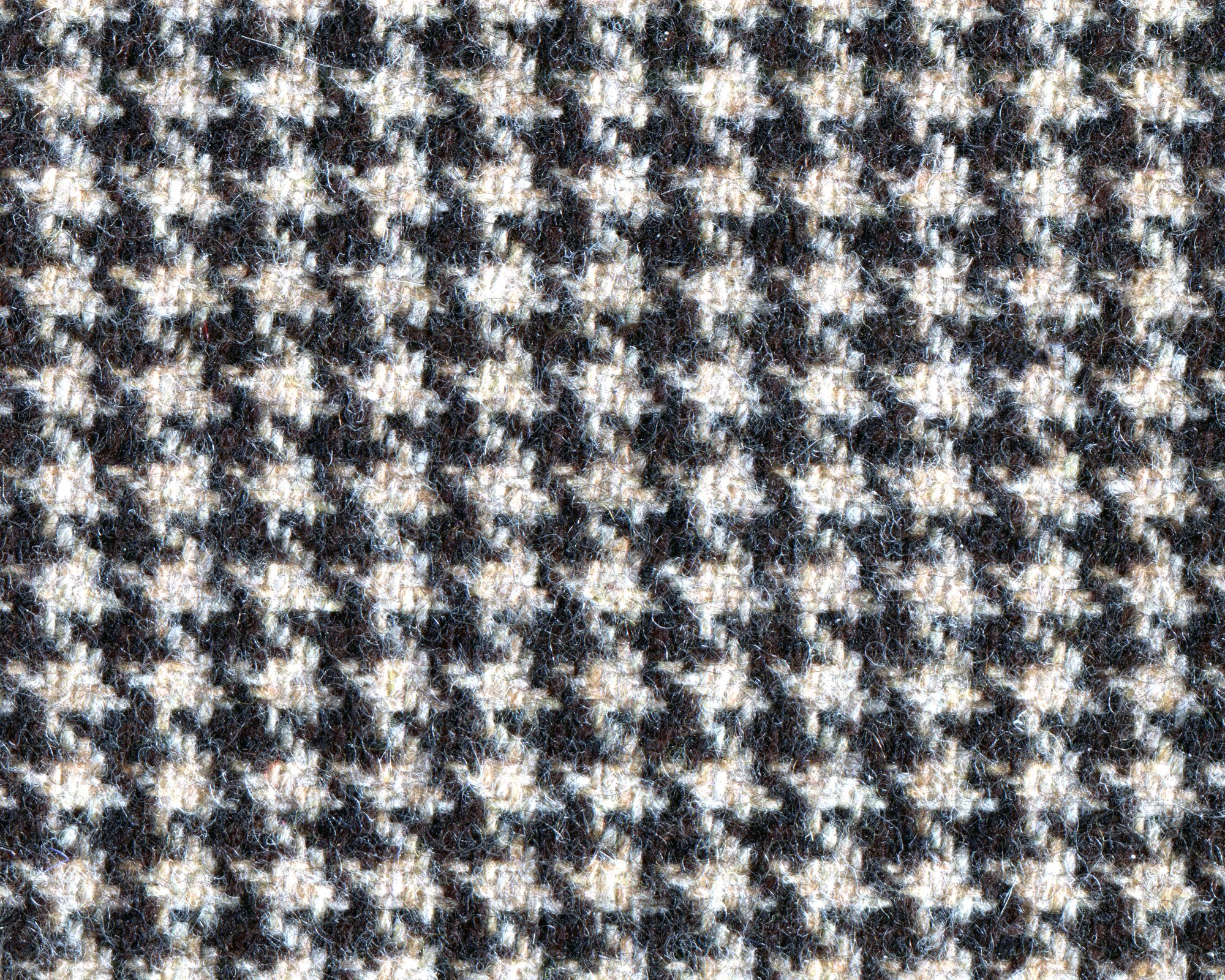
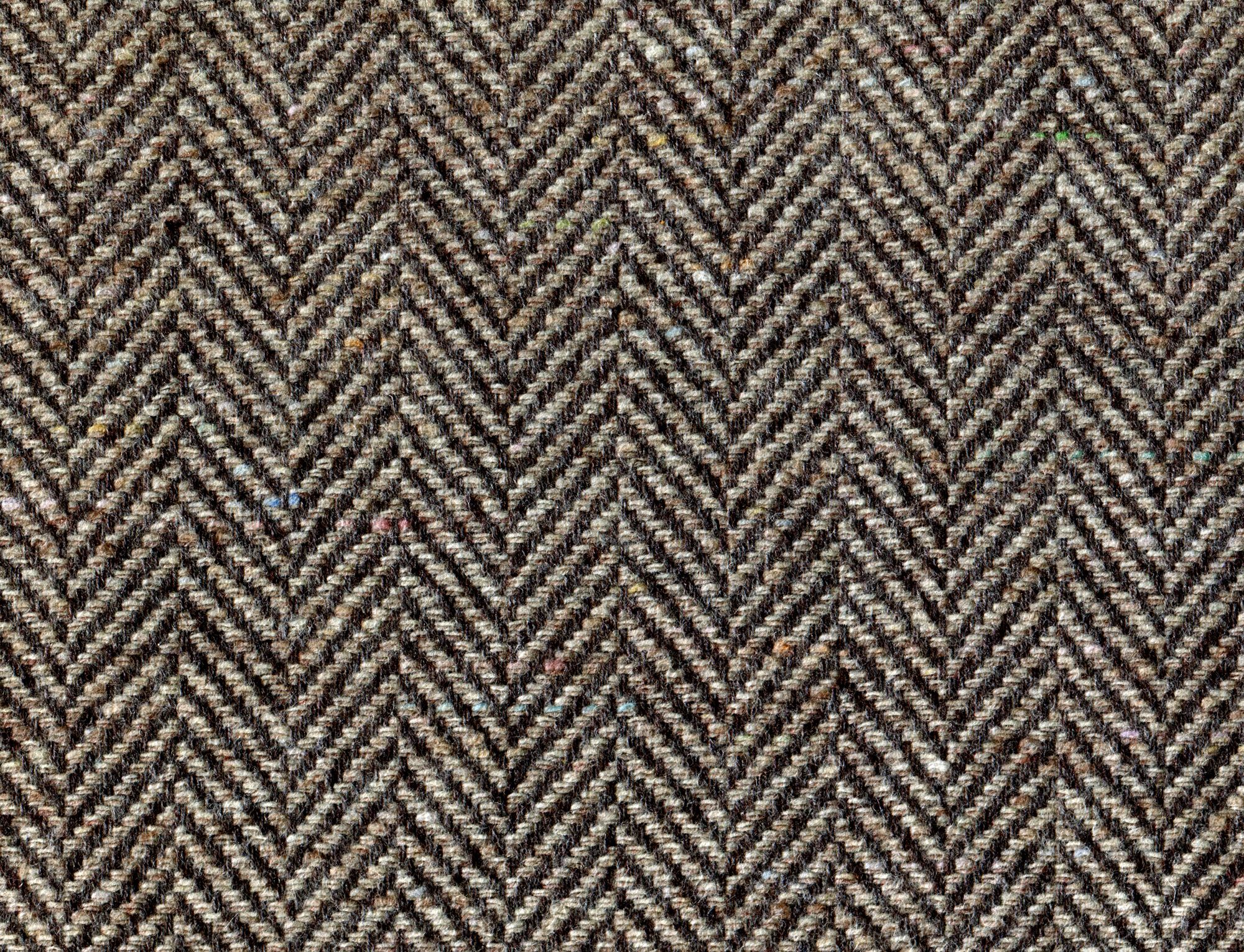
Houndstooth in stark black and white (left) as well as herringbone tweed in a rustic brownish-gray (right).
Sport coats often have patched pockets and are unlined with no canvassing, further elevating the garment's casual nature.
WHEN TO WEAR
The sport coat is best worn when you want to look put together without dressing too formally. Perfect for dates, reunions, nights out with friends, or casual parties, it is the quintessential casual jacket for any gentleman who wants to be the best-dressed man in the room without trying too hard (even if he secretly is).
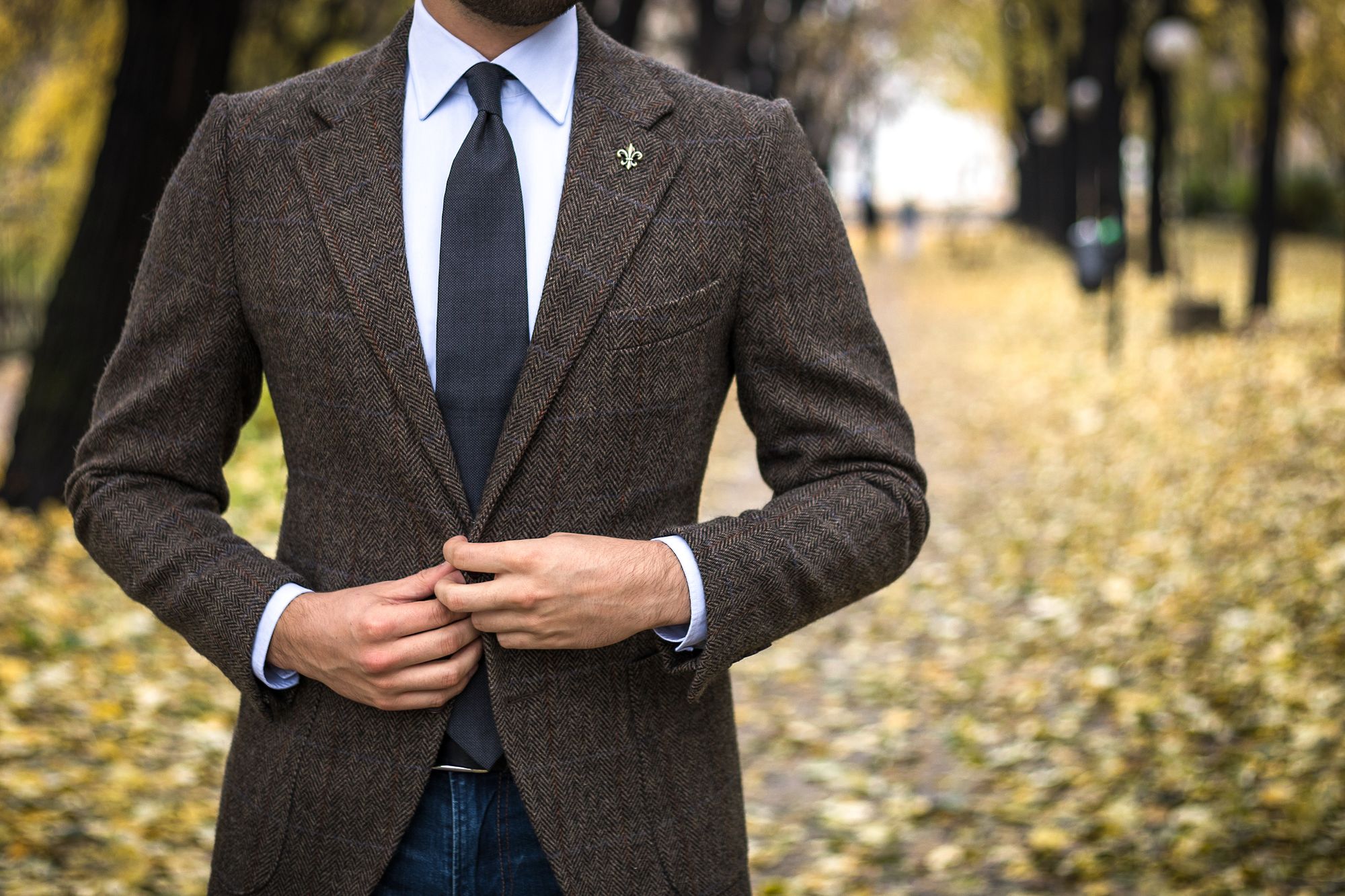
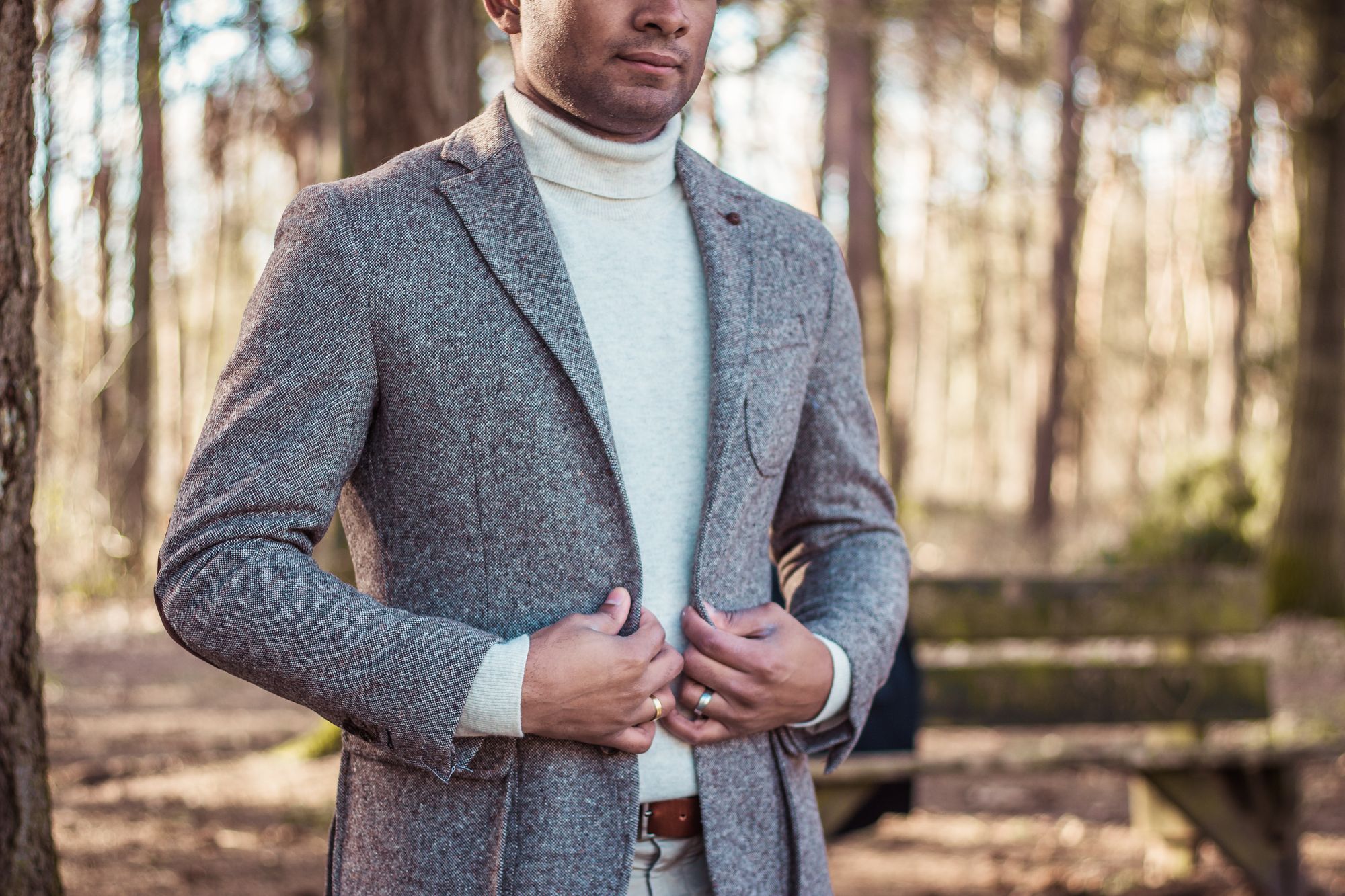

FREQUENTLY ASKED QUESTIONS
CAN YOU WEAR A SUIT JACKET AS A BLAZER?
Some traditionalists will answer "no," but really, it depends. If the fabric is worsted wool with an apparent sheen that is commensurate with most suits, then my recommendation would be not to do so. This will make it look like you are trying too hard to do more with an orphaned suit jacket than is necessary by mixing formal with casual, and it isn't appealing to the eyes (trust me).
Suppose the suit jacket has an intricate pattern, and the wool is a hopsack weave or something with an apparent texture; in that case, the nature of the suit jacket is already a little more casual than worsted wool (resembling a blazer or sport coat), and therefore you could very well pull it off (but again, it depends).
CAN YOU WEAR A BLAZER AS A SUIT JACKET?
Maybe, BUT ONLY if the trousers match the blazer in fabric, pattern, and color. Again, this would be, by definition, a suit because of that fact alone. Such garments have been known to exist.
Suppose you were to take a Hopsack navy-blue blazer and pair it with navy cotton-twill chinos or dress pants. In that case, the subtle differences in the weave and color will be slightly off and make you appear as though you are trying to make a suit, which disrupts the harmony in the ensemble, potentially making you look silly (so don't go that route).
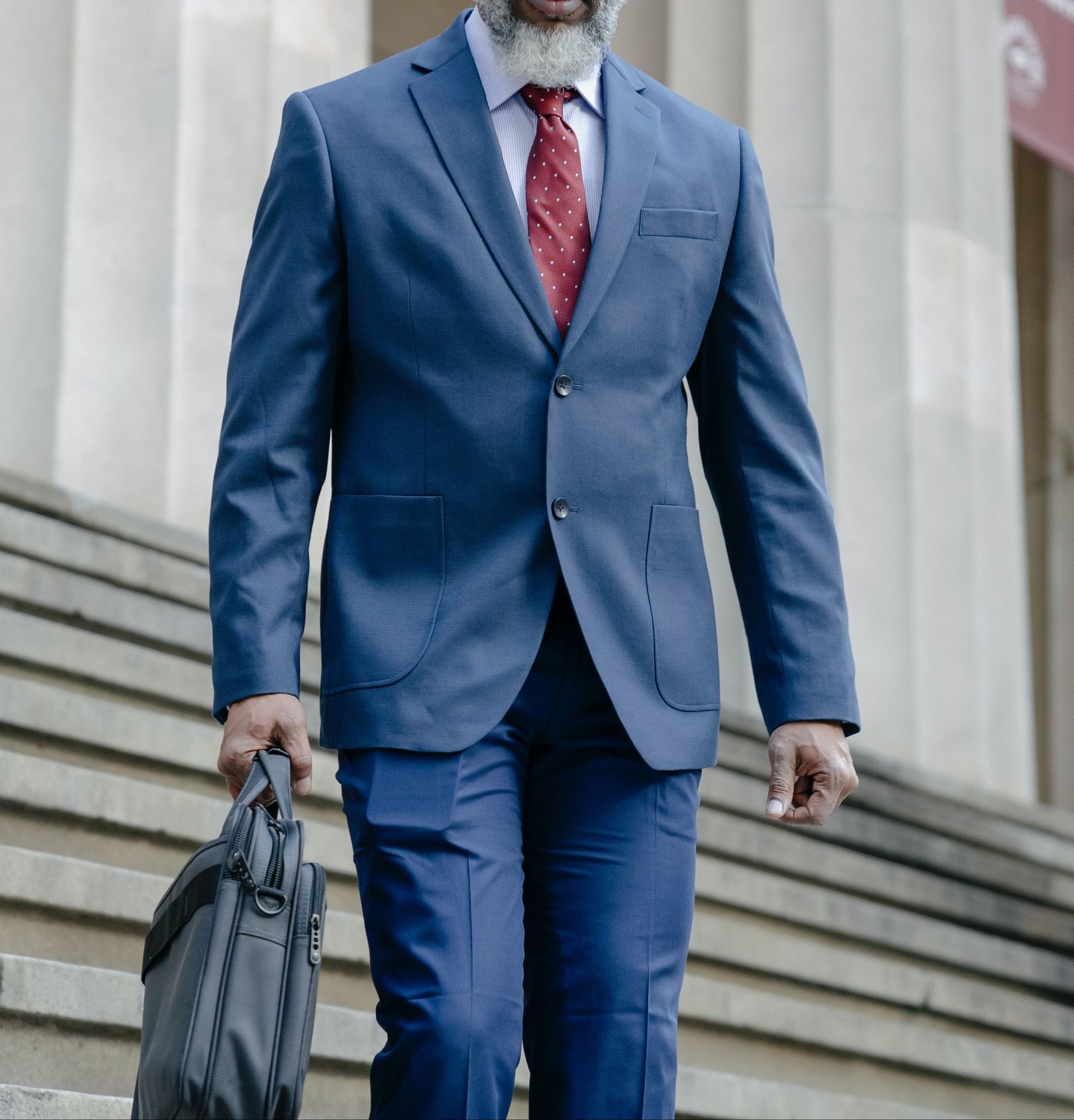
CAN YOU WEAR JEANS WITH ANY OF THE THREE JACKET TYPES?
Darker-washed denim trousers can look excellent with a sport coat or a blazer. Medium-wash jeans can also look great with the two, but what matters is a tasteful pairing of the garments that fit the occasion and a pair of denim devoid of destressing or holes.
On the other hand, wearing a suit jacket with jeans is a bit trickier. Again, I recommend abstaining from wearing shinier wool with jeans because mixing casual with formal very seldom works (some would argue that it never does).
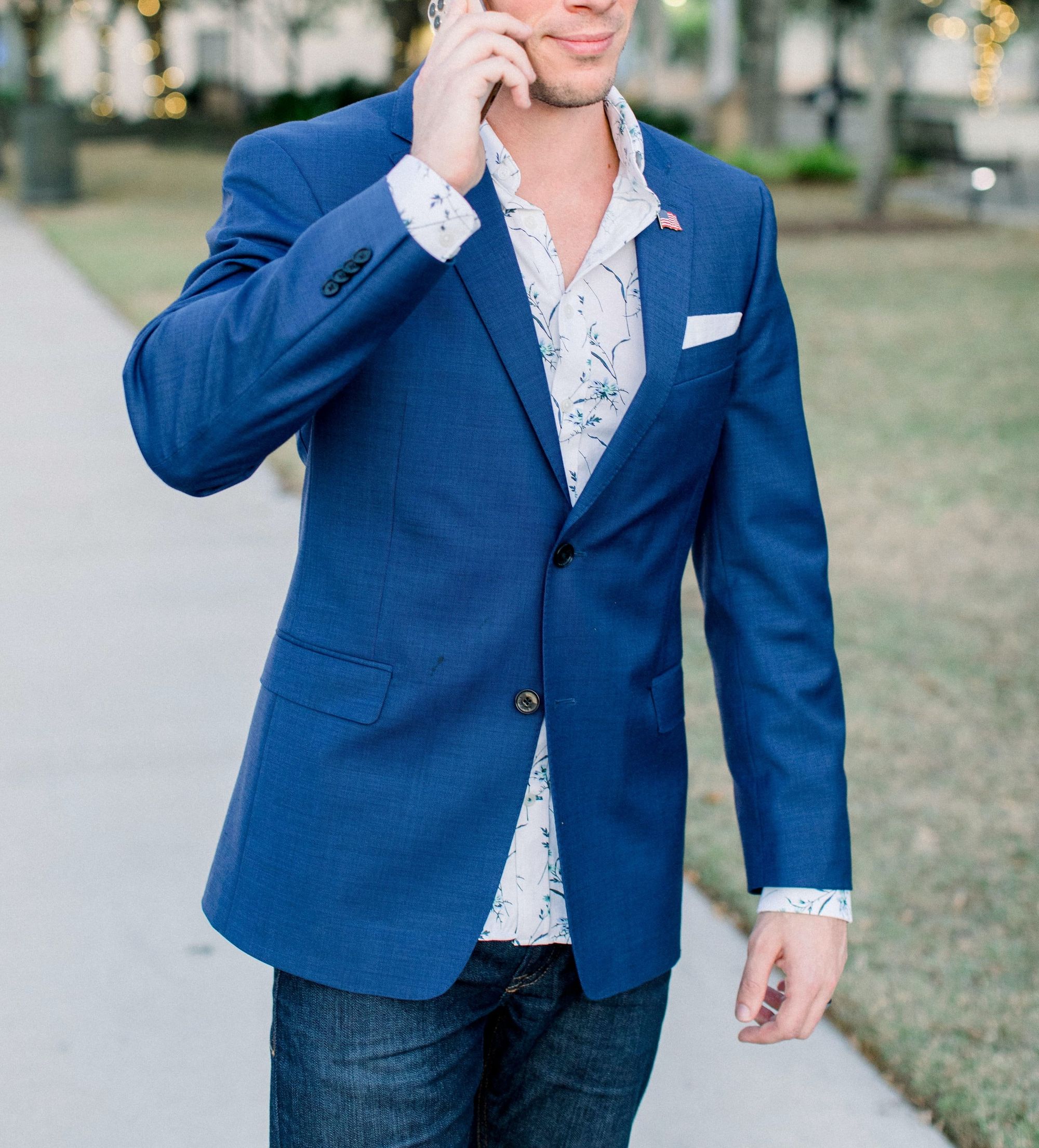

Yikes...
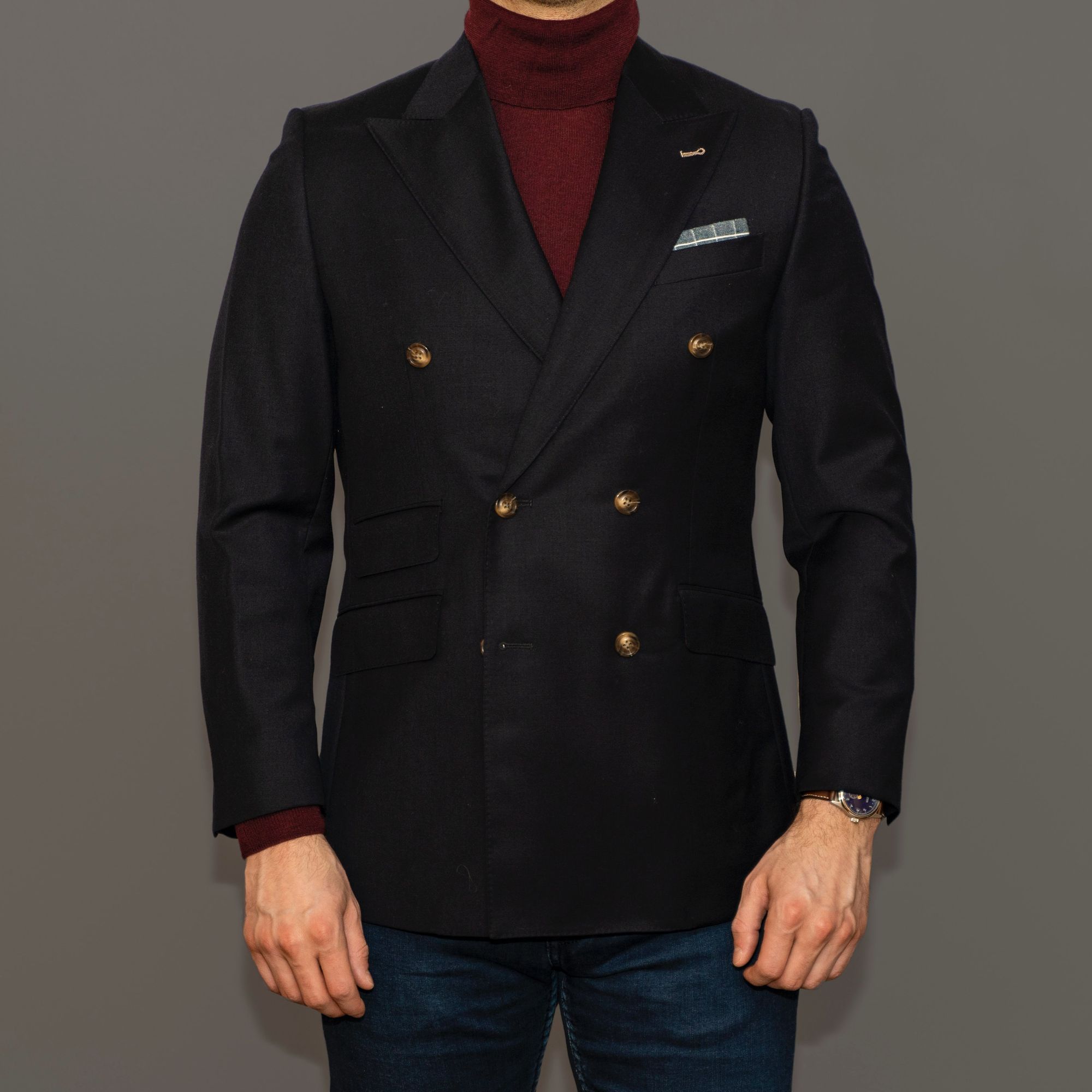
DON'T OVERTHINK IT
Much of what I have just described is and isn't all that important. Arguing about specific terminology like this can be truly snobbish, depending on who you're talking to. The important thing is that we understand the differences between each of these so that we can dress for the right occasions and find the garments that resonate with us and complement our tastes. After all, knowledge is power.
As I often say and shall continue to say, so long as the decisions that are made remain tasteful and in the spirit of quality menswear, there is often little to be worried about.

